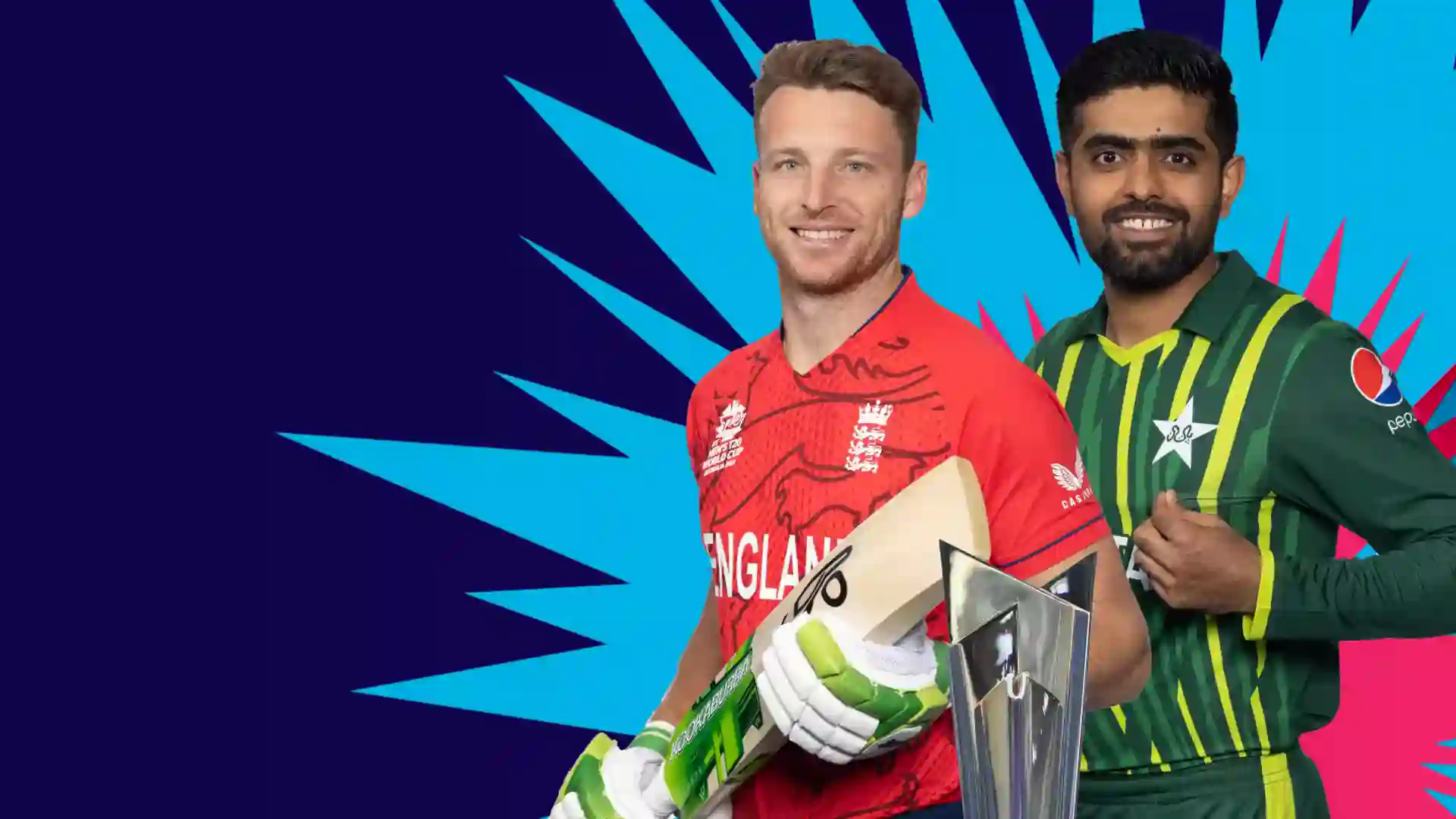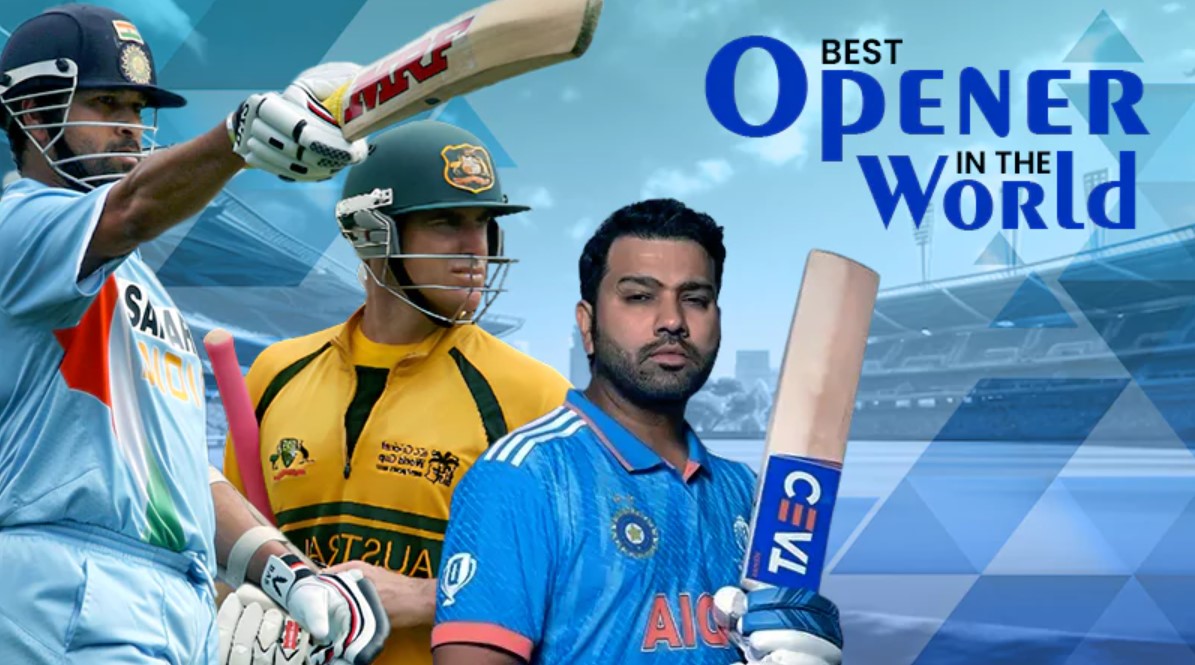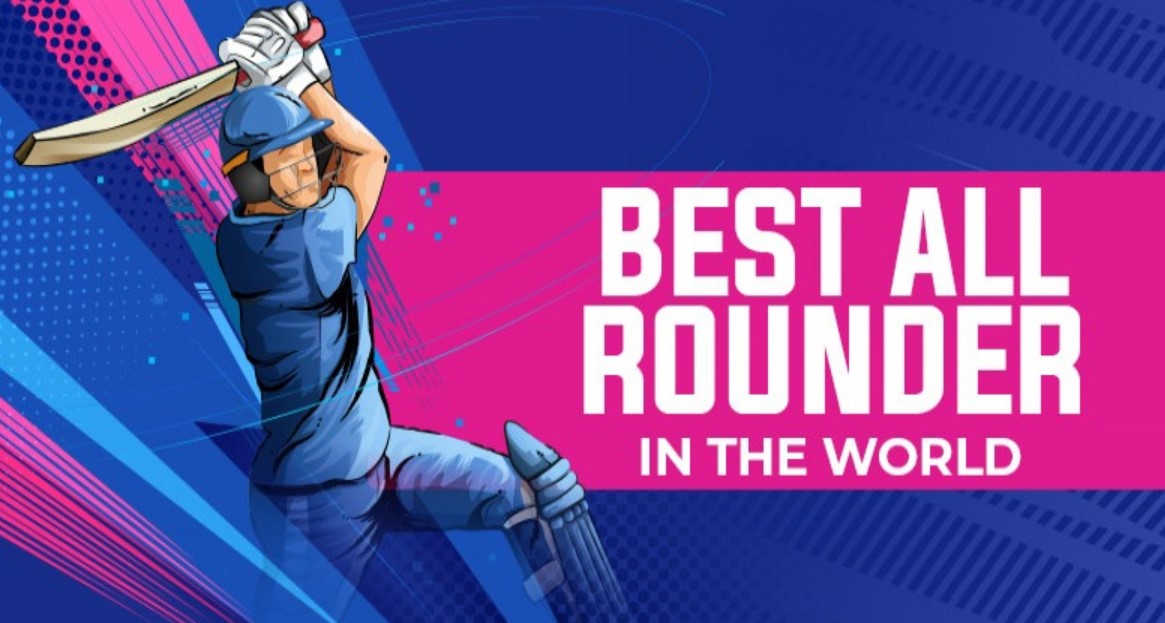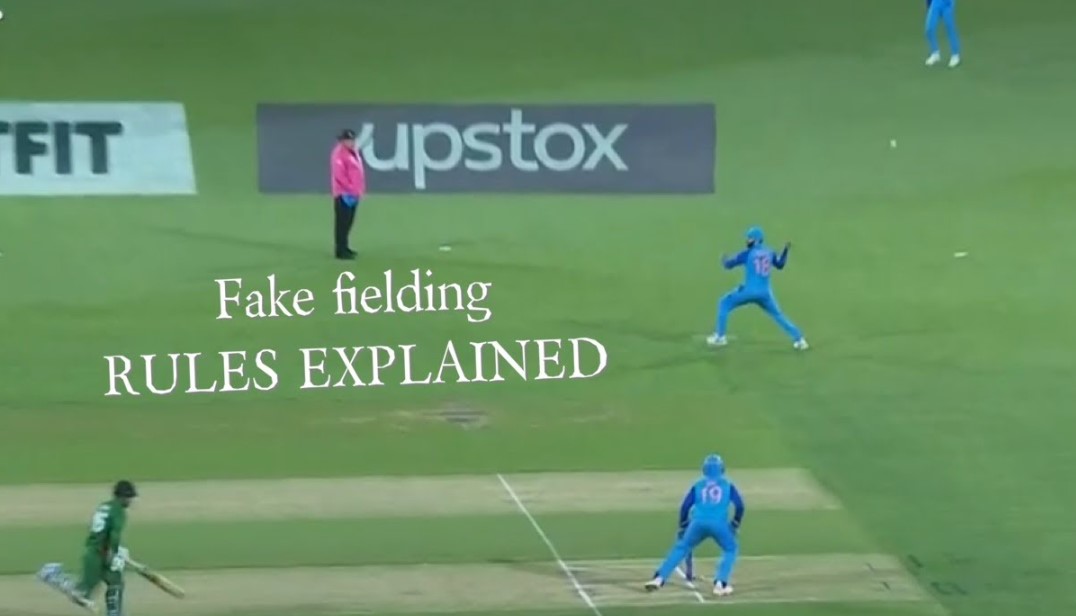How many cricket stadium in Mumbai
Mumbai, often referred to as the “City of Dreams,” boasts a significant cricket culture. It’s a city where cricket isn’t just a sport; it’s a way of life. The passion for cricket is deeply ingrained in the city’s fabric, and this enthusiasm is reflected in the number of cricket stadiums that Mumbai houses.
Mumbai is home to several cricket stadiums, each with its unique history and significance. The most iconic among them is the Wankhede Stadium, known for its vibrant atmosphere and hosting numerous historic matches, including the 2011 ICC World Cup final.

Apart from Wankhede, there’s the Dr. D.Y. Patil Stadium in Navi Mumbai, a modern and well-equipped venue that has hosted both domestic and international matches. The Brabourne Stadium, nestled in the heart of South Mumbai, has a rich history and is renowned for its elegance and class.
Additionally, there are smaller grounds and clubs scattered throughout the city, where budding cricketers practice and play their local matches. These grounds are the breeding grounds for future cricket stars, contributing to Mumbai’s cricketing legacy.
Mumbai’s love for cricket is evident in its numerous stadiums, each playing a vital role in nurturing the sport’s spirit within the city. From the grandeur of international matches to the grassroots level, cricket thrives in the vibrant streets and stadiums of Mumbai.
Brief History
Cricket in Mumbai is not merely a sport; it’s a historical legacy that has stood the test of time. Its roots trace back to the British colonial era when cricket was introduced to India by the British Raj. Bombay, now known as Mumbai, quickly became a hub for this beloved pastime.
Early cricketing activities centered around iconic maidans (grounds) like the Oval Maidan, Azad Maidan, and Cross Maidan, where informal cricket matches were played. As the sport gained popularity, local clubs started emerging, and cricket began to capture the imagination of the masses.
The establishment of the Bombay Gymkhana in the late 1800s played a pivotal role in promoting cricket in the city. By the early 1900s, cricket tournaments at both school and club levels became a regular occurrence, contributing to the city’s cricketing fervor.
In 1930, the formation of the Bombay Cricket Association marked a significant milestone in Mumbai’s cricketing journey. This association played a crucial role in organizing structured cricket tournaments and leagues, ensuring that Mumbai consistently remained at the forefront of Indian cricket.

Mumbai’s legacy in cricket is not only defined by its historic grounds and associations but also by the cricketing legends it has produced. Icons like Sunil Gavaskar, Sachin Tendulkar, and Dilip Vengsarkar began their cricketing journeys on the dusty pitches of Mumbai before ascending to international stardom.
Today, Mumbai boasts multiple iconic stadiums and a robust cricketing infrastructure, a testament to its enduring and evolving cricketing heritage. It continues to be a hub for nurturing cricketing talent, keeping the flame of this beloved sport burning brightly in the city.
The Iconic Stadiums
Mumbai’s cricketing landscape is adorned with iconic stadiums that transcend their roles as mere venues. They have become landmarks, repositories of cherished memories, and symbols of the city’s rich cricketing heritage.
Wankhede Stadium

Built in 1974, Wankhede Stadium stands as a modern symbol of cricket in Mumbai. Situated by the sea, the stadium boasts a unique ambiance, amplified by the fervor of its passionate crowd. Wankhede has been witness to numerous historic moments, from local tournaments to world-class international matches. The 2011 Cricket World Cup final, where India clinched the title, is etched in the hearts of every cricket enthusiast.
Brabourne Stadium

The Brabourne Stadium exudes an old-world charm. Established by the Cricket Club of India in the 1930s, this venue has been the stage for countless historic cricketing achievements. Its art-deco architecture and expansive lawns evoke memories of days gone by. The Brabourne has hosted legends like Sir Don Bradman and witnessed some of India’s most memorable test matches.
Shivaji Park

Often overshadowed by more prominent stadiums, Shivaji Park in Dadar is more than just a cricket ground; it’s a nursery for cricketing talent. Legends like Sachin Tendulkar and Vinod Kambli honed their skills here under the watchful eyes of their coaches. The park boasts multiple pitches, and any given day, you can find hundreds of aspiring cricketers dreaming of representing India in the iconic blue jersey.
Bandra Kurla Complex Ground

The Bandra Kurla Complex Ground, popularly known as BKC, is one of Mumbai’s newer cricketing venues. Primarily hosting domestic cricket, it offers modern facilities and stands as a testament to Mumbai’s ever-evolving cricket infrastructure. Several Ranji Trophy matches and other domestic tournaments find their home here.
These stadiums, each with its unique character and history, collectively narrate the story of Mumbai’s profound and enduring love affair with cricket. They are not just venues but hallowed grounds where dreams are born and legends are made.
How many international cricket stadium in Mumbai
Mumbai, with its rich cricketing heritage, hosts several international cricket venues that are more than just stadiums; they are epicenters of emotions, pride, and history. Serving as both sporting arenas and cultural landmarks, these venues have witnessed the rise and triumphs of numerous cricketing legends.
DY Patil Stadium

Located in Navi Mumbai, the DY Patil Stadium, while more renowned for football and concerts, has also been a part of international cricket history. With a seating capacity of over 50,000, it was one of the venues for the 2011 ICC Cricket World Cup, where it hosted three group stage matches.
These international venues in Mumbai, apart from being top-tier cricketing destinations, also serve as symbols of the city’s significant role in the international cricketing circuit. They are the places where world records are made, where dreams are both shattered and realized, and where the spirit of cricket is celebrated in its purest form. They stand as testaments to Mumbai’s enduring love affair with the sport and its stature as a cricketing powerhouse.
The Impact on Local Talent
In the bustling heart of Mumbai, cricket culture is more than just a sport; it’s a dream that thousands of aspiring cricketers chase. The presence of iconic stadiums and numerous local grounds in the city does more than just host matches; they serve as the nurturing grounds for Mumbai’s next cricketing superstars.
Nurturing Dreams at the Grassroots
Local grounds like Shivaji Park, Azad Maidan, and Cross Maidan are not just patches of green in a concrete jungle; they’re the crucibles where raw talent is molded into future stars. From a young age, children clutching cricket bats can be seen practicing their cover drives and perfecting their bowling actions, often under the watchful eyes of seasoned coaches. These grounds are where passion meets discipline, and countless hours of practice go into honing the skills required to excel in the sport.

Club Cricket: The Stepping Stone
Mumbai’s club cricket scene is robust and highly competitive. Clubs like Dadar Union, Shivaji Park Gymkhana, and MIG Cricket Club have been instrumental in honing the skills of youngsters. Competing in club matches gives them a taste of professional cricket, preparing them for bigger platforms. The rigorous competition in these clubs pushes young talents to perform at their best, fostering a spirit of healthy rivalry and camaraderie among players.
Role of Iconic Stadiums
Training and playing in the shadows of stadiums like Wankhede or Brabourne are immensely inspiring for budding cricketers. These stadiums serve as a constant reminder of where their dreams can take them. The roar of the crowd during international matches, the sight of their cricketing idols in action, and the opportunity to serve as ball boys during such events further fuel their aspirations. It’s here that they realize that they are not just a part of a game; they are part of a legacy.
Community and Mentorship
Mumbai’s cricketing culture is also characterized by a strong sense of community and mentorship. Experienced players and coaches often take young talents under their wings, imparting knowledge and wisdom that goes beyond the boundaries of the pitch. This mentorship plays a significant role in the development of future cricketing stars, instilling in them not only the technical skills but also the values and ethics associated with the sport.
In essence, the impact of Mumbai’s cricketing infrastructure on local talent is profound. It doesn’t just produce cricketers; it crafts legends, setting the gold standard for cricket development in the country. The dreams nurtured on the dusty pitches of Mumbai often find their fulfillment on the grand stages of international cricket, and in doing so, they inspire countless others to follow in their footsteps, perpetuating the city’s rich cricketing legacy.

Conclusion
Cricket stadiums in Mumbai, more than just architectural structures, stand as symbols of dreams, unwavering passion, and the indomitable spirit of the game that courses through the veins of its residents.
These stadiums have witnessed the rise of countless cricketing legends, from the likes of Sunil Gavaskar and Sachin Tendulkar to the budding talents who continue to grace the local grounds. Mumbai’s cricket culture is a testament to the city’s enduring love affair with the sport, nurturing dreams at the grassroots, fostering talent through club cricket, and serving as a constant source of inspiration for aspiring cricketers.
As the cricketing legacy of Mumbai continues to evolve, these stadiums remain hallowed grounds where the dreams of young talents intermingle with the echoes of past victories and the anticipation of future triumphs. They are not just venues for matches; they are the heartbeats of a city that breathes cricket. And in each inning played, they etch new stories onto the annals of cricket history, ensuring that Mumbai’s passion for the game remains unshakable for generations to come.
FAQ
How many international cricket stadium in Mumbai?
Mumbai boasts multiple cricket stadiums, but the primary international venues are the Wankhede Stadium and Brabourne Stadium. DY Patil Stadium in Navi Mumbai, while mainly known for football and concerts, has also hosted international cricket matches, particularly during the 2011 ICC Cricket World Cup.
Why is Mumbai considered a hub for cricket in India?
Mumbai, historically known as Bombay, has a rich cricketing legacy that dates back to the British colonial era. With iconic grounds, a robust club cricket system, and an unyielding passion for the game at the grassroots level, Mumbai has consistently produced cricketing legends and has been at the forefront of Indian cricket. The city’s contributions to the national team and its achievements in the Ranji Trophy further solidify its reputation as the cricketing capital of India.
Which famous cricketers emerged from Mumbai’s local cricket scene?
Mumbai’s local cricket scene has been the starting point for numerous cricketing legends. Names like Sachin Tendulkar, Sunil Gavaskar, Dilip Vengsarkar, and Rohit Sharma started their journeys on the dusty pitches of Mumbai. Their success stories serve as inspiration for countless budding cricketers in the city.
Apart from international matches, what other major tournaments are hosted by Mumbai stadiums?
Mumbai’s stadiums regularly host domestic tournaments like the Ranji Trophy, Duleep Trophy, and the Vijay Hazare Trophy. The Wankhede and Brabourne Stadiums, given their stature and facilities, often become the preferred venues for crucial matches in these tournaments. Additionally, Mumbai is a prominent venue for the Indian Premier League (IPL), with matches being held at these iconic grounds.
What are some iconic moments in cricket that took place in Mumbai’s stadiums?
Mumbai’s stadiums have witnessed several historic moments in cricket. One of the most memorable is the 2011 ICC Cricket World Cup final held at the Wankhede Stadium, where India lifted the trophy. Additionally, numerous iconic performances by legendary cricketers have graced these venues, creating unforgettable memories for fans.
How can cricket enthusiasts experience the cricketing culture in Mumbai?
Cricket enthusiasts visiting Mumbai can explore the city’s cricketing culture by watching local matches at grounds like Shivaji Park or Azad Maidan. Additionally, attending IPL matches when the tournament is in season allows fans to experience the electrifying atmosphere of Mumbai’s iconic stadiums and witness top international and domestic talent in action.
Are these stadiums open for tours or visits by the public?
Some of Mumbai’s stadiums, like the Wankhede Stadium, occasionally offer guided tours to the public, providing a behind-the-scenes look at the facilities and a glimpse into the history of the venue. Visitors interested in touring these stadiums can check for availability and schedule in advance.







